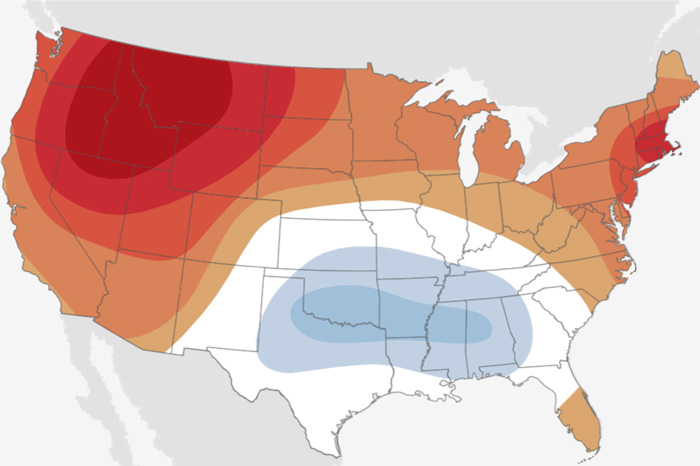
The extreme heat and dryness in the U.S. West in June have set the stage for more of the same in July.
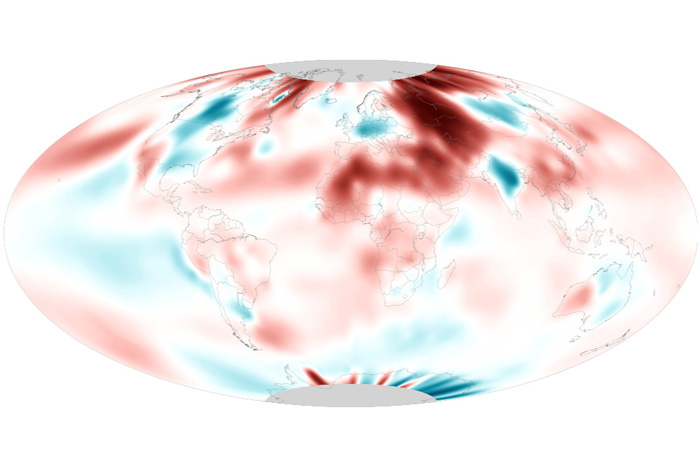
May 2021 global surface temperature was 1.46°F above the 20th-century average, tying with 2018 as the sixth-warmest May in the 142-year record.
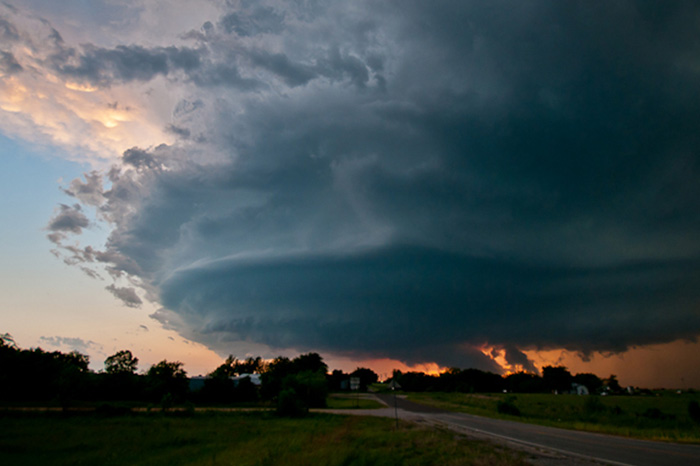
Guest blogger John Allen recaps tornado activity so far in 2021 and discusses the limits of using ENSO to predict seasonal tornado activity.
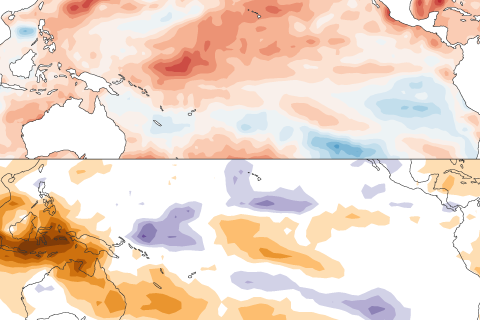
A climate expert proposes an alternative for defining what's average when it comes to predicting El Niño and La Niña.
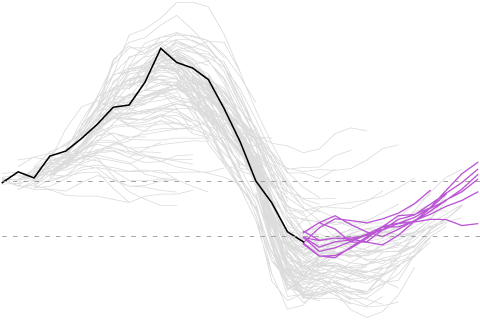
Because why go to the movies when you come to Climate.gov and watch the evolution of ENSO forecasts over the past two years?

The 2015-2016 El Niño will go down as one of the strongest on record, and also, thanks to El Niño Rapid Response Campaign, one of the best observed.
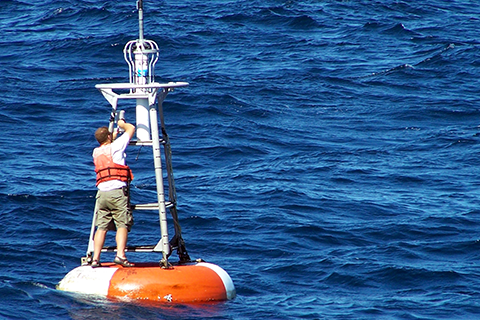
With multiple sea surface temperature datasets come questions. What are they all for?
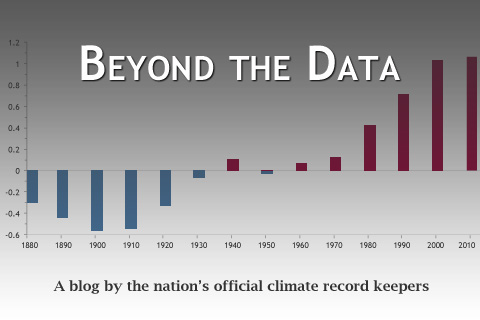
Deke Arndt, chief of the Monitoring Branch at the National Centers for Environmental Information, kicks off a new blog that will cover how climate records are collected and updated, how we know what we know about the climate, and how we can use climate information to make our communities more resilient.
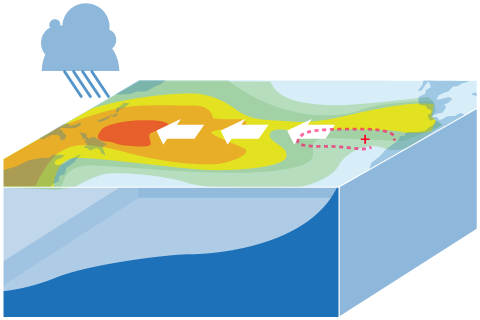
ENSO is a complicated thing to model. What are the challenges, and how can we overcome them?
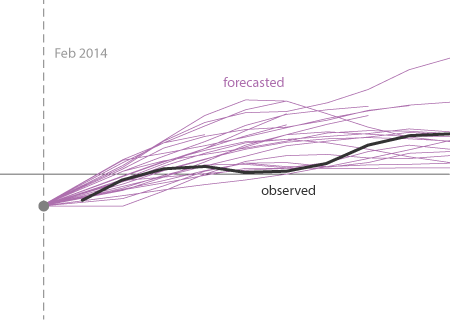
The model predictions during 2014 were not that shabby. A major, strong El Niño was not well justified by the predictions.